Don't Be Afraid of the Dark, Prepare For It
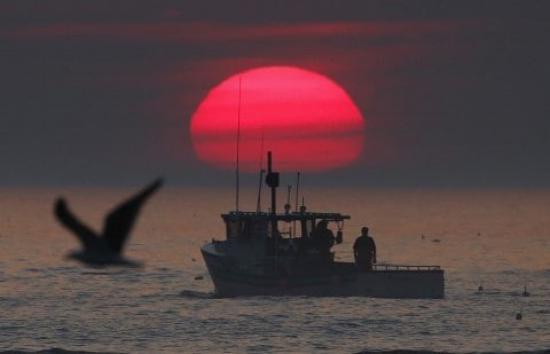
Enjoying a great day of boating can often be shortened by the setting sun. Many boaters fear that extending their experience into the night may bring unknown risk to them and others. Unfortunately, avoiding night operations may significantly reduce the flexibility and freedom that we enjoy as boaters. Plus, rushing to beat darkness can bring undo risk in itself. With just a little additional planning and preparation, nighttime boating can be done safely and effectively.
Be Prepared Mentally and Physically
Mentally know the area of operations, including prominent landmarks, buoys, water depths, and expected traffic. Be physically rested and fully aware of your surroundings. Ensure your eyes are adapted to the darkness to fully utilize “night vision”.
Night vision is extremely important when operating in the dark. Our eyes become more effective at night when our pupils dilate (become bigger). This allows more light to enter and improves our ability to see in low light conditions. Unfortunately, any additional light will significantly reduce this capability. So, keep your lights down low or completely off (except navigation lights) when navigating at night.
Make sure you are well rested and fully ready to take action in this new environment. Things that could be seen during the daylight may pop up unexpectedly. At night, be ready to take quick and appropriate action, if necessary.
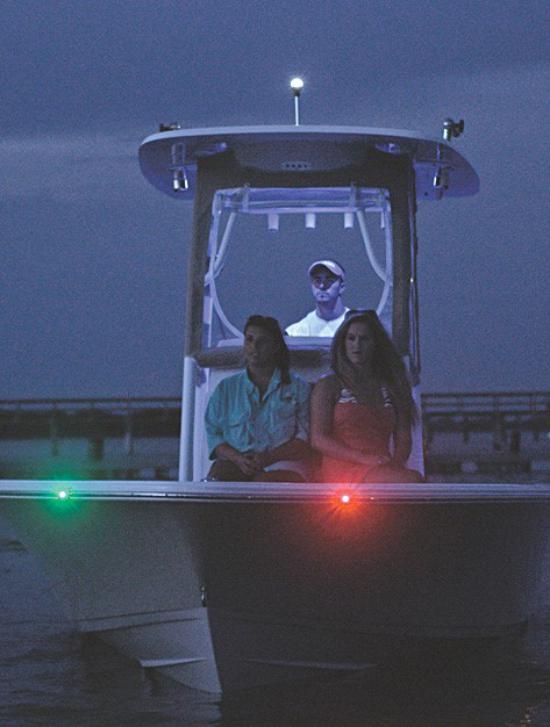
Physically ensure your vessel has proper equipment for nighttime operations. This includes working navigation lights, appropriate nighttime distress signals (such as meteor or parachute flares), and a spotlight or powerful flashlight for buoys or identification of hazards. Have a small flashlight ready to help see charts or find items in the dark. Use red or blue lenses on the flashlight to maximize night vision.

Most importantly, be fully familiar with location of all of the equipment (especially emergency gear) on the vessel so that you can find it in the dark.
Use Your Tools
During the day, navigation clues such as depth contours, navigation hazards and other vessels can be seen visually. At night, it’s a different story. But, thanks to many technological advancements and tools that have been developed over hundreds of years, boaters can safely operate in the dark using these tools.
One tool that significantly enhances your ability to see at night is RADAR (Radio Detection and Ranging). Because it uses radio signals to determine distance (or range) to solid objects, it can warn you before you actually see it. RADAR is especially important to identify other vessels that are underway at night and potentially heading toward you.
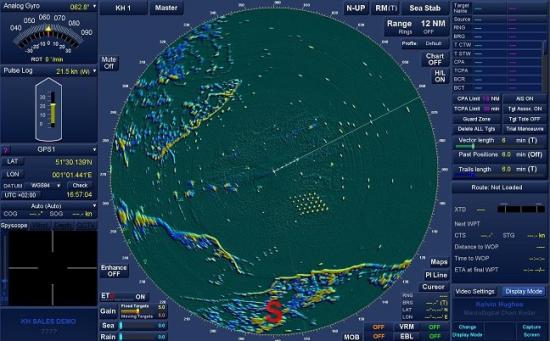
Radar. Another important tool at night is the depth sounder. Since changes of depth and colors can’t be seen at night, the changing depth that is depicted by the depth sounder may become your early warning signal. Keep a close watch on the sounder or set a low water alarm to keep you above the bottom, not on it.
Night Vision. A high-tech tool for boating at night is a night vision monocular. A popular model is the SiOnyx Aurora, which can capture surroundings in extreme low-light conditions. The Aurora was constructed for coastal environmental conditions, providing true night vision to advance navigation capabilities at any hour.
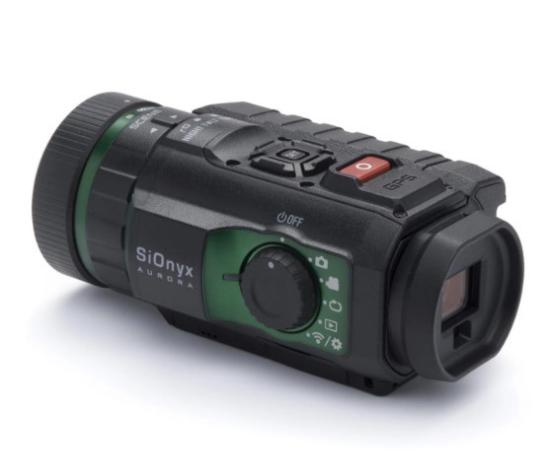
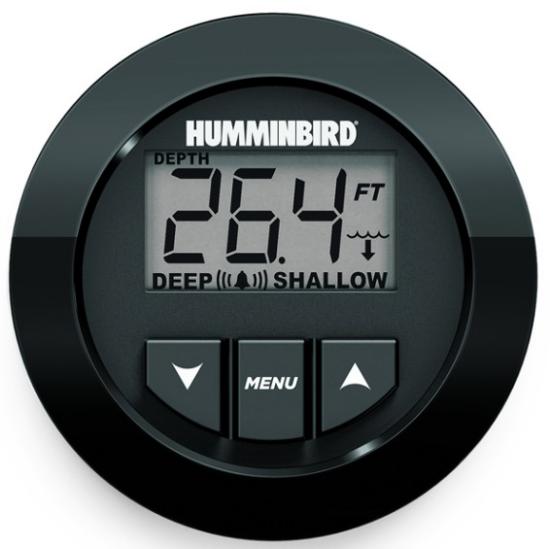
Depth Sounder. Also, at night, that little box that often sits dormant in the corner becomes very important. A GPS chart plotter gives you an accurate indication of your vessel’s location in all conditions. By using already established routes and way points, you can navigate safely in waters that have been followed previously or designated safe.
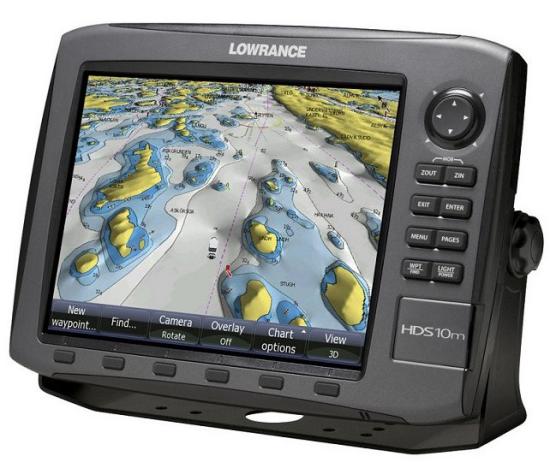
Chartplotter. Use this as a tool to help you see in the dark, where you may not have needed it in the daylight. Don’t forget, the chart plotter only shows you information that has been placed on charts in the past. Therefore, it isn’t “real time” and the buoys and other navigation hazards are only last known positions and not necessarily there now. Remember, it is only a tool.
Lookout. Even with all these fancy electronics, nothing beats a good lookout at night. Use all of your crew members and/or passengers to help you find the lurking dangers in the dark. Make sure and give them good instructions on what they are looking for and how to report it to you.

Lastly, Slow Down. Since it’s more difficult to see hazards at night, your reaction time becomes critical. By slowing down, you have a better chance of avoiding objects or making mistakes when navigating at high speeds. As directed by Rule 6 of the Navigation Regulations (www.navcen.uscg.gov/pdf/navRules/navrules.pdf), safe speed should be determined based on factors such as background lighting or reflection of light from your own vessel. These conditions may make it more difficult to see at night and should be considered.
With a few more tools in the toolbox, boating at night can be a safe and enjoyable experience that opens the doors to even greater adventures on the water.